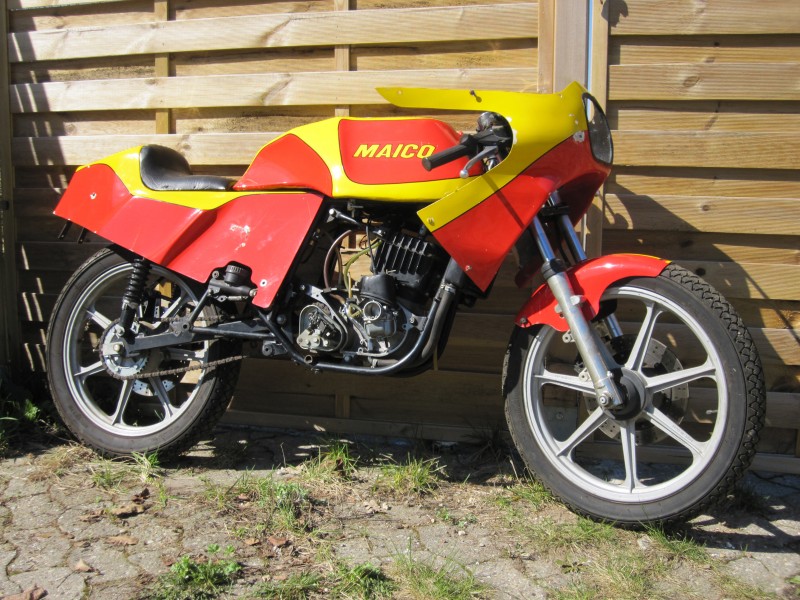If you are casting your own barrel there would have to be some super compelling reasons to not make a bridged or triple ex port. Esp without a PV.
But you want the ally tunnels well attached to the bore surface to strip heat away.
You'd still have to gain more than you'd achieve optomising ports on a single hole ex.
And presumably you will keep it period air cooled or Bears only so no concern?
I could send you a Rotax style pressure PV which could be a fairly easy mod to a water cooled arrangement.
Don't you look at my accountant.
He's the only one I've got.







 Reply With Quote
Reply With Quote








Bookmarks